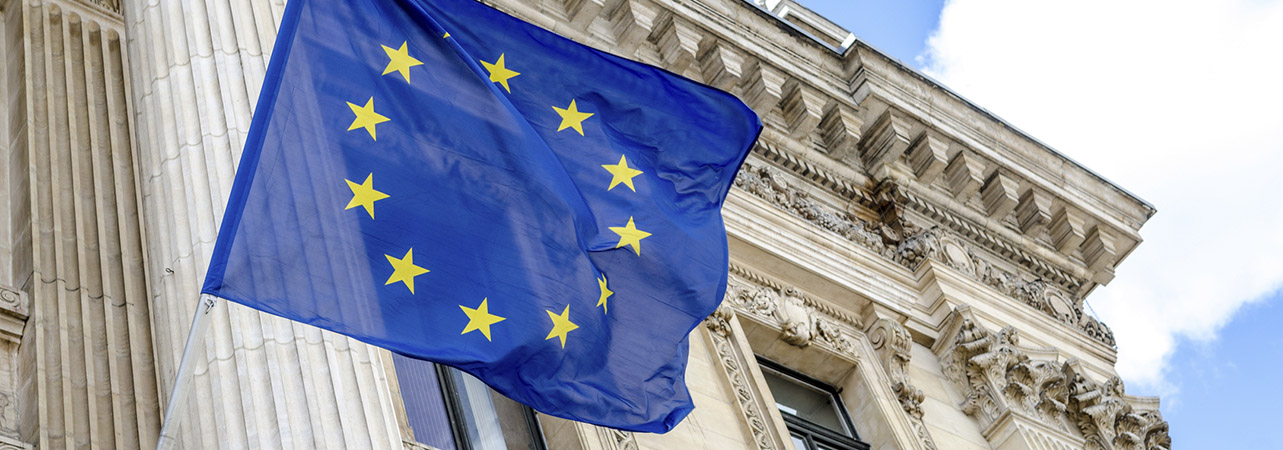Europe’s economic data may be weak, but its corporate sector is showing a buoyant recovery – and expectations are far lower than for the buoyant US.
- The Eurozone economy dipped 0.6% quarter on quarter, while the US grew 1.6%
- European company earnings expected to rise a record 61% in the first quarter of 2021
- Where European companies have beaten earnings, it has generally translated into rising share prices
The most recent set of Eurozone GDP figures were in stark contrast to the booming data from across the pond. The Eurozone economy dipped 0.6% quarter on quarter as continued lockdowns weighed on activity. At the same time, the US economy zipped ahead, fuelled by the vaccine rollout and fiscal stimulus, delivering growth of 1.6%. However, this doesn’t necessarily make the US the right option for investors.
There can be little doubt that the US has recovered far faster than the Eurozone. According to wealth manager Kingswood, activity in the US is now only 0.9% below its pre-Covid level whereas in the eurozone the shortfall remains a considerably larger 5.5%. There are multiple drivers for this: the sector balance of the US economy, its relative dynamism, the vast stimulus packages and political momentum.
The obvious conclusion would be to invest in the US, but increasingly it looks like much of the growth is already in the price of shares. Amazon, for example, delivered a 44% rise in earnings, plus upbeat guidance and has subsequently been rewarded with an 8% fall in its share price (compared to a flat performance from the S&P 500). It has been a similar picture for many of the technology giants. The US market lags the UK and Europe since the start of the year.
It is worth noting that while Europe’s economic data has been weak, its corporate sector appears to be in rude health. Refinitiv IBES data shows European company earnings expected to rise a record 61% in the first quarter of 2021, the best quarter in at least nine years. This compares to a rise of just 31% expected for S&P 500 companies over the same period.
There are reasons for this: Europe was hit harder in the first place, so companies had less challenging comparative figures. Equally, European companies tend to be in sectors that did poorly in the pandemic, but should benefit from the recovery – luxury goods, precision manufacturing, autos, banks.
However, importantly, where European companies have beaten earnings, it has generally translated into rising share prices, suggesting that investors still have little faith in the European market.
This would suggest that Europe is still the place to look, rather than the US. If anything, the strong data from the US is a distraction. It is already in the price of shares and may be peaking. Europe, in contrast, doesn’t have the same weight of expectations.






